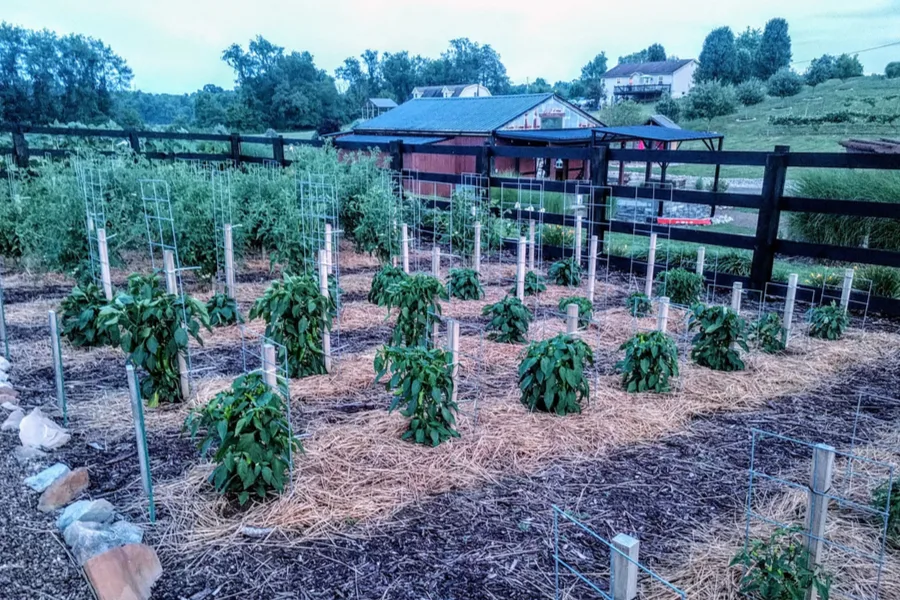Hit the play button below to listen to this weeks episode : How To Set Up A No-Till Raised Row Garden This Spring. Below you will also find our show notes along with reference and product links from the article. Be sure to check out all of our past episodes on the website, here at : SIMPLE LIFE GARDEN EPISODES
IMPORTANT REFERENCE LINKS:
- Creating A Raised Row Garden – The Secrets To Success
- How To Use Mulch In The Garden To Stop Weeds
- Planting A Garden With A Post Hole Digger
- Fertilizing In The Garden
PRODUCT LINKS
Show Outline / Show Notes – How To Create A Raised Row Garden
Introduction:
How Raised Row Gardening Began For Us – The Story
Not only is a raised row garden easier to maintain, but also less expensive and time consuming.
Advantages:
- No Need For A Rototiller
- In fact, no special tools needed at all!
- Can Get In The Garden Fast / Less Work / Less Weeds
Creating A Raised Row From Scratch
- Can be created from an existing garden, or right on top of a grassy area.
The Raised Row Garden
Setting up in spring for the first year vs. ongoing years – lower and lower maintenance as each year passes
The Walking Rows
- Mulching permanently
- 75% of a typical garden space
- no need to ever maintain again
The Growing Rows
- 18″ wide x length
- conserve precious nutrients, compost, etc.
- never walk on these areas
- tapered mounds
Planting
How to plant transplants
- post hole digger method
- breaking through soil below
- stakes / cages in first
- fill the hole with nutrients
- mulching on top for power
- final mulch using straw or clippings or leaves
How to plant seed crops
- use a pick to create furrows
- plant and cover, compost in the furrow
- mulching seed crops
Maintenance In The Summer
- 5 to 10 minutes a day – not only easy, but keeps you aware of what is happening in the garden.
- re-mulching the growing rows
- staying on the walking rows, off of the growing rows
- watering
- fertilizing

The Fall – The Magic Begins
Not only does a cover crop provide winter protection, but also helps eliminate next years weeds. In fact, with each successive year, the weeds become almost non-existent.
- Begin by clearing out all of the existing plants. Next, rake back the straw.
- Not only is planting a cover crop easy, it is an inexpensive way to feed your soil too.
- seed rows vs. transplant rows – keep rotation in mind for what you will be planting next year
- Always be sure to keep soil covered with mulch, crops or cover crops. Because the soil will always be covered, it helps to eliminate the chance of future weeds.
The Following Spring
- The following spring it is all about cover crop maintenance
- mowing off cover crop – not only easy, but builds nutrients in to the soil.
- how to plant through the cover crop
- why the advantages to raised row only get better with each passing year.
Wrap Up
Not only is Raised Row gardening easy and cost-effective, it produces great results. In fact, our first garden produced over 2000+ pounds of fresh vegetables from a 20 x 60 plot!

sue harmeling
Tuesday 23rd of March 2021
Thank you for all this information. This will be my first year gardening. We have your book so have an idea as how to begin. We did rototill so I am wondering if we will take soil from our walking rows to build up our growing rows or will we have to bring in extra soil. Or is the straw and leaves in the growing rows enough extra to make the raised rows?